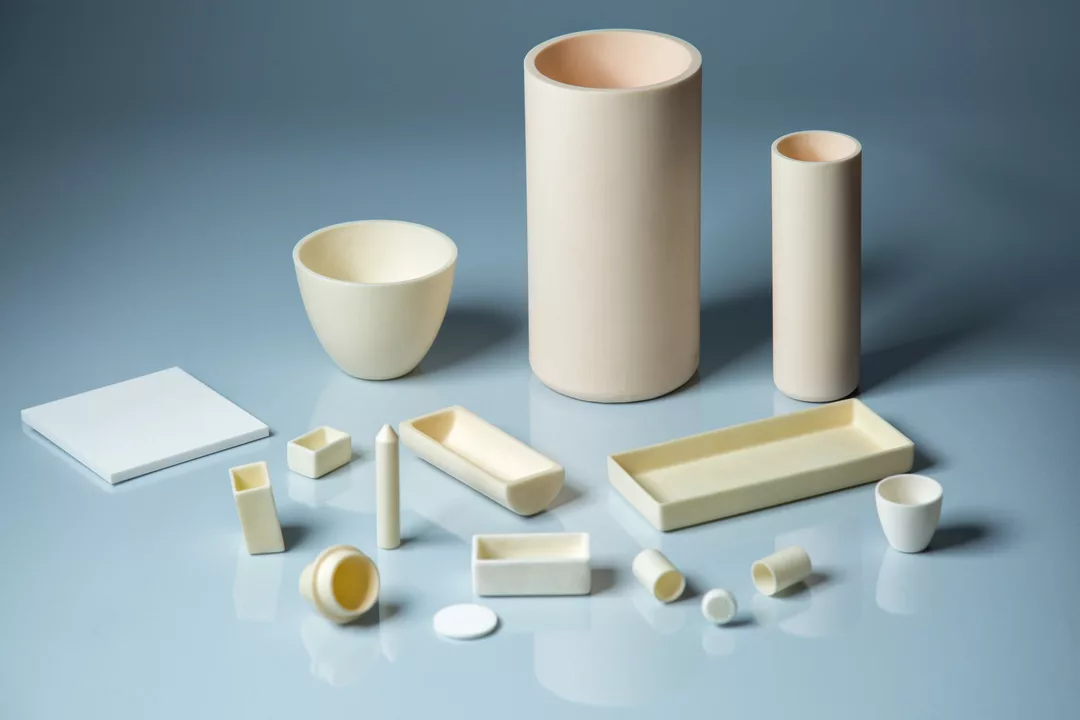Manufacturing Medicines: What the Tag Covers and Why You Should Care
When you see the word manufacturing on SpringMeds, think about the whole journey a drug takes before it hits your hands: ingredients, labs, tests, packaging, and shipping. That journey decides whether a medicine works, how safe it is, and how long it lasts. If you buy meds online or pick a supplement off a shelf, knowing basic manufacturing steps helps you spot good products and avoid trouble.
Most posts under this tag dig into real issues: how generics are made, how online pharmacies source pills, and what quality checks look like. For example, our guides on buying Montelukast or Premarin focus not just on where to buy them, but on what to watch for in a manufacturer’s credentials. That matters because the same drug can feel different when it’s made poorly or stored badly.
How drugs are made — the simple steps
First comes the API (active pharmaceutical ingredient). That’s the chemical that does the work. Manufacturers either make APIs in-house or buy them from suppliers. Next, the API gets mixed with excipients (inactive ingredients) and formed into tablets, capsules, creams, or liquids. After formulation comes quality control: batch testing for potency, purity, and contaminants. Good factories follow GMP (Good Manufacturing Practice), and labs run stability tests to set expiry dates. Finally, products are packaged, labeled, and serialized so they can be traced if something goes wrong.
Why should you care about those steps? Because shortcuts happen. Bad API sources, skipped tests, or weak packaging can ruin a drug’s effectiveness. That’s why our articles about online pharmacies — like reviews of onlinegenericmedicine.com or lists of alternatives to rxconnected — always mention manufacturing checks and certifications.
What manufacturing means for price, safety, and choices
Price often reflects manufacturing choices. Generics usually cost less because the maker skips the original R&D costs, but quality still varies by factory. Brand-name drugs and some specialty meds may cost more because of stricter controls or complex manufacturing. That’s also where alternatives come in: posts about Synthroid alternatives or Priligy alternatives explain how different formulations or manufacturers change effects and cost.
Practical tips: check for an active license or GMP statement on the seller’s site, ask for batch numbers or certificates if unsure, and prefer pharmacies that show packaging photos and third-party lab reports. If a price looks too good, consider why — it could be a sourcing or storage issue. For supplements like kiwi or daffodil extracts, check for purity testing and clear ingredient lists.
If you want to learn more, browse the manufacturing tag posts for specific drugs, buying guides, and quality tips. Each article gives concrete steps you can use when comparing products or choosing an online pharmacy. Knowing how a medicine is made helps you judge whether it’s worth buying — and keeps you safer in the process.

